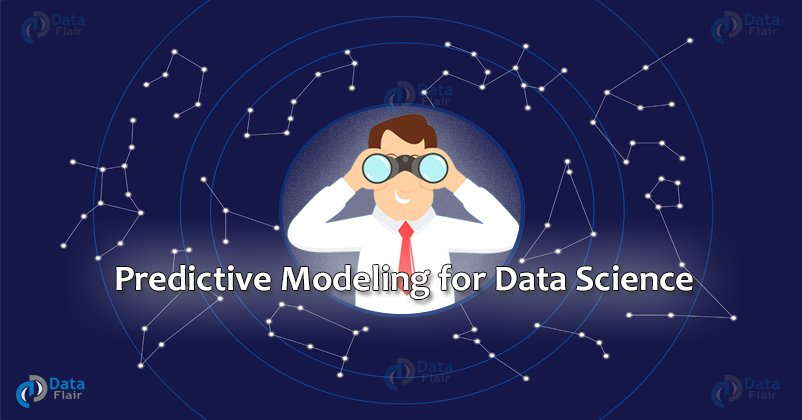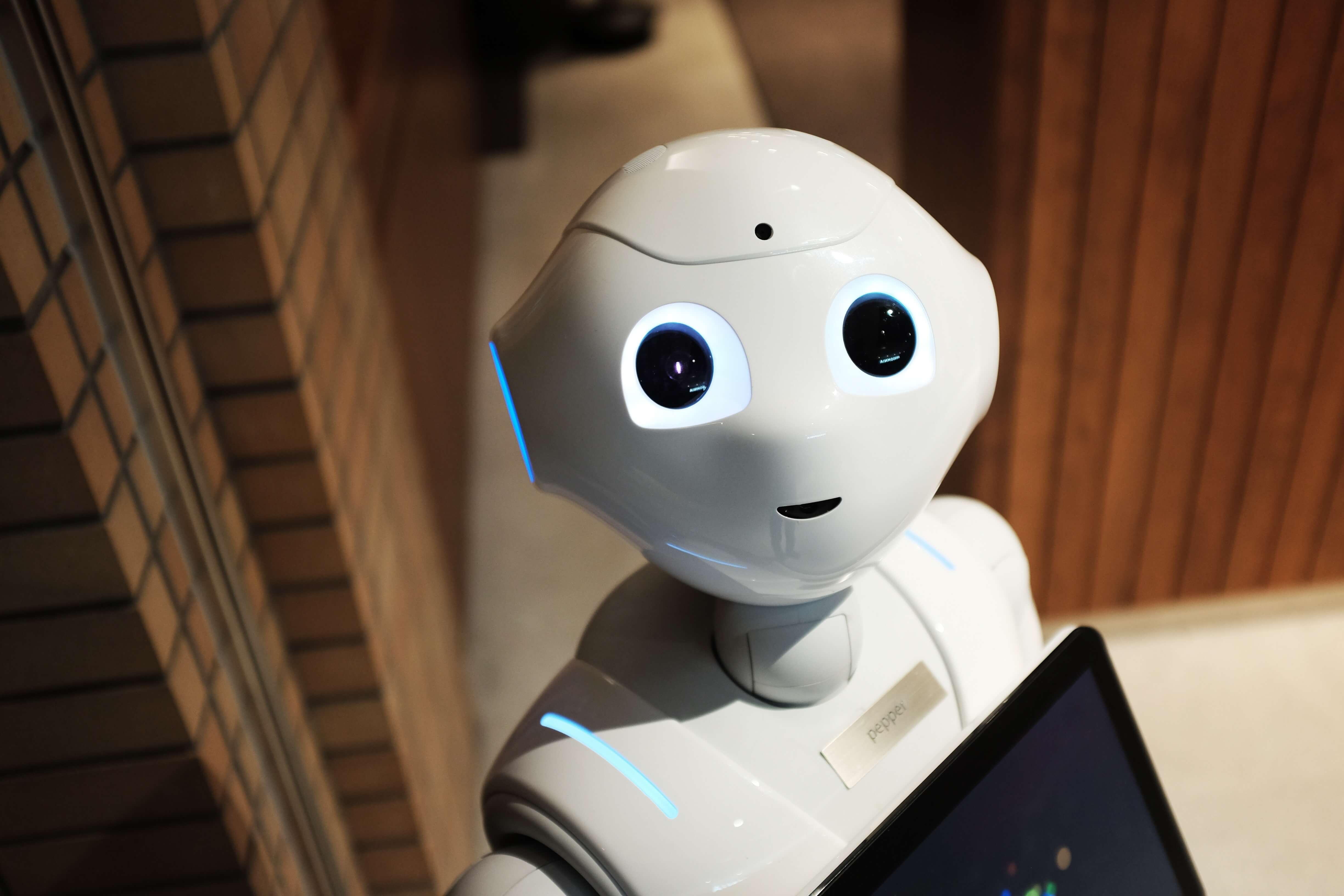
Dropout, which is a regularization technique that can be used to improve neural network performance, will be the topic of this article. Dropout reduces network coadaptation and overfitting. We'll be examining how Dropout works, and how it can be applied to a per-layer neural network. Let's take a look at each component of Dropout. Download the full paper to see how Dropout actually works. Implementing your neural network yourself is the best way to increase its accuracy and performance.
Dropout is a regularization technique
Dropout is the most common regularization technique for deep learning. Dropout removes all connections to nodes randomly and selects new ones for each iteration. Different outputs result. Dropout is a technique that enables machine learning to be done in an ensemble. Because it captures randomness more accurately, the results of this technique are superior to those from a standard neural network model. This technique is excellent for learning to recognize patterns and data.

It decreases the need for over-fitting
Dropout neural networks are a good way to reduce overfitting. This type creates a new network each time. The weights from the previous training run are shared across new networks. In contrast, ensemble methods require that every model be trained from scratch. Dropout reduces neuronal co-adaptation. Dropping out isn’t a panacea. It is complex and requires extensive research.
It reduces the coadaptation between neurons
Dropout regularization has become a very popular method of machine learning. It forces gradient values to be within a range during training. It prevents neuronal co-adaptation by making sure that nodes can depend on one another. It allows humans also to add meaning to a particular cluster. Despite its name, dropout regularization is not a perfect solution. It can affect the test's performance. It can also speed up your learning process.
It is executed layer-by–layer in a neuro network
Dropout is applied per-layer in Neocortex networks. This is achieved by incorporating a new hyperparameter known as retention probability. This is the probability that a unit will be dropped in a given layer. For example, 0.8 indicates that units in a particular layer have a 80% chance of remaining active. In practice, this is typically set at 0.5 for the hidden layer and 0.8 or 0.9 for the input layer. Dropout on an output layer is not a common practice, since the output Layer is not typically affected by it.

It takes longer than a standard neural net to train.
A Dropout neural network takes more time to train than a standard neural model because the number of hidden neurons in the dropout layer is lower than that of the fully connected layers. A dropout layer is only composed of a few hundred neurons. A fully connected layer has thousands. Dropout layers are effective at omitting most of these units during training but have slightly better performance for validation.
FAQ
What are the benefits of AI?
Artificial Intelligence (AI) is a new technology that could revolutionize our lives. It has already revolutionized industries such as finance and healthcare. It's predicted that it will have profound effects on everything, from education to government services, by 2025.
AI has already been used to solve problems in medicine, transport, energy, security and manufacturing. The possibilities of AI are limitless as new applications become available.
What is the secret to its uniqueness? It learns. Computers learn independently of humans. Instead of teaching them, they simply observe patterns in the world and then apply those learned skills when needed.
This ability to learn quickly is what sets AI apart from other software. Computers are capable of reading millions upon millions of pages every second. They can quickly translate languages and recognize faces.
And because AI doesn't require human intervention, it can complete tasks much faster than humans. It can even surpass us in certain situations.
2017 was the year of Eugene Goostman, a chatbot created by researchers. It fooled many people into believing it was Vladimir Putin.
This is a clear indication that AI can be very convincing. Another benefit of AI is its ability to adapt. It can be trained to perform different tasks quickly and efficiently.
This means that companies do not have to spend a lot of money on IT infrastructure or employ large numbers of people.
What does AI do?
An algorithm refers to a set of instructions that tells computers how to solve problems. An algorithm can be described in a series of steps. Each step must be executed according to a specific condition. A computer executes each instruction sequentially until all conditions are met. This process repeats until the final result is achieved.
Let's suppose, for example that you want to find the square roots of 5. If you wanted to find the square root of 5, you could write down every number from 1 through 10. Then calculate the square root and take the average. That's not really practical, though, so instead, you could write down the following formula:
sqrt(x) x^0.5
This will tell you to square the input then divide it twice and multiply it by 2.
A computer follows this same principle. It takes the input and divides it. Then, it multiplies that number by 0.5. Finally, it outputs its answer.
What is the latest AI invention?
The latest AI invention is called "Deep Learning." Deep learning is an artificial Intelligence technique that makes use of neural networks (a form of machine learning) in order to perform tasks such speech recognition, image recognition, and natural language process. Google developed it in 2012.
Google is the most recent to apply deep learning in creating a computer program that could create its own code. This was done with "Google Brain", a neural system that was trained using massive amounts of data taken from YouTube videos.
This allowed the system to learn how to write programs for itself.
IBM announced in 2015 that they had developed a computer program capable creating music. Another method of creating music is using neural networks. These networks are also known as NN-FM (neural networks to music).
Is there another technology which can compete with AI
Yes, but not yet. There have been many technologies developed to solve specific problems. But none of them are as fast or accurate as AI.
How will governments regulate AI
AI regulation is something that governments already do, but they need to be better. They must ensure that individuals have control over how their data is used. They must also ensure that AI is not used for unethical purposes by companies.
They need to make sure that we don't create an unfair playing field for different types of business. If you are a small business owner and want to use AI to run your business, you should be allowed to do so without being restricted by big companies.
Are there any AI-related risks?
It is. They will always be. AI could pose a serious threat to society in general, according experts. Others argue that AI can be beneficial, but it is also necessary to improve quality of life.
AI's potential misuse is one of the main concerns. If AI becomes too powerful, it could lead to dangerous outcomes. This includes robot dictators and autonomous weapons.
AI could eventually replace jobs. Many people worry that robots may replace workers. Some people believe artificial intelligence could allow workers to be more focused on their jobs.
For instance, some economists predict that automation could increase productivity and reduce unemployment.
Statistics
- According to the company's website, more than 800 financial firms use AlphaSense, including some Fortune 500 corporations. (builtin.com)
- While all of it is still what seems like a far way off, the future of this technology presents a Catch-22, able to solve the world's problems and likely to power all the A.I. systems on earth, but also incredibly dangerous in the wrong hands. (forbes.com)
- By using BrainBox AI, commercial buildings can reduce total energy costs by 25% and improves occupant comfort by 60%. (analyticsinsight.net)
- Additionally, keeping in mind the current crisis, the AI is designed in a manner where it reduces the carbon footprint by 20-40%. (analyticsinsight.net)
- In the first half of 2017, the company discovered and banned 300,000 terrorist-linked accounts, 95 percent of which were found by non-human, artificially intelligent machines. (builtin.com)
External Links
How To
How do I start using AI?
One way to use artificial intelligence is by creating an algorithm that learns from its mistakes. You can then use this learning to improve on future decisions.
A feature that suggests words for completing a sentence could be added to a text messaging system. It would analyze your past messages to suggest similar phrases that you could choose from.
To make sure that the system understands what you want it to write, you will need to first train it.
Chatbots can also be created for answering your questions. You might ask "What time does my flight depart?" The bot will tell you that the next flight leaves at 8 a.m.
Take a look at this guide to learn how to start machine learning.